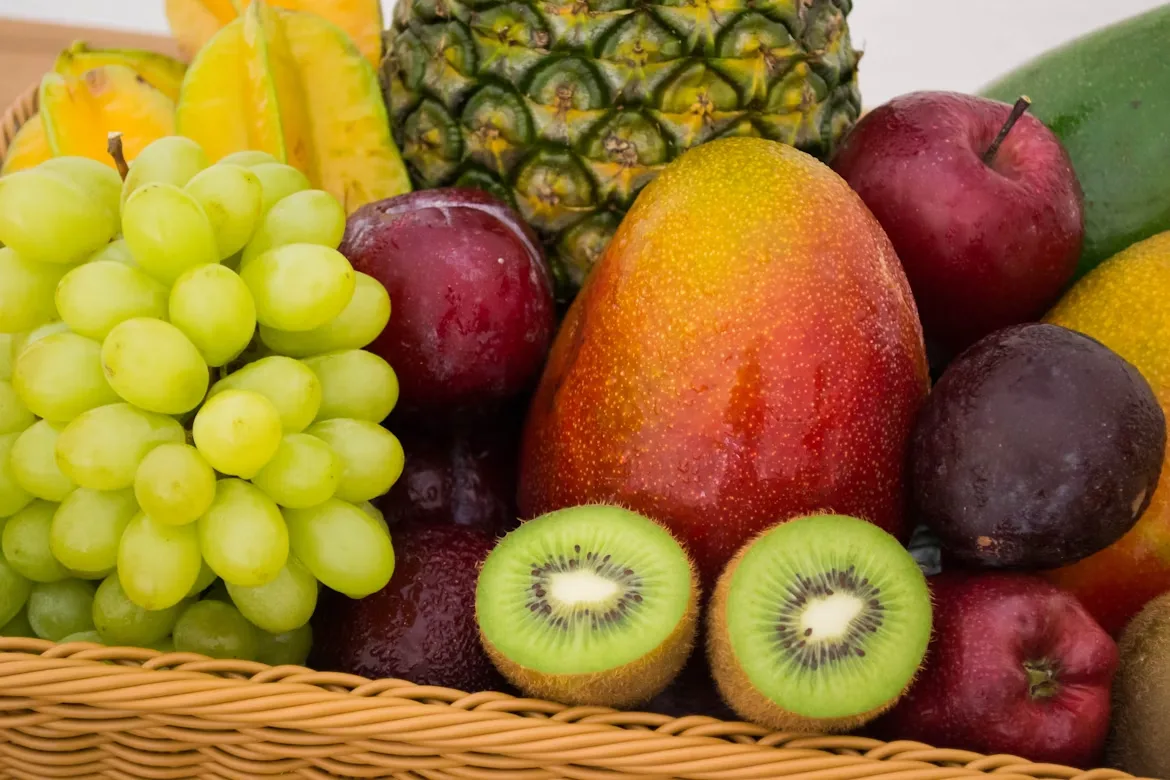Read the sample answer of the process diagram on the topic: Life cycle of the silkworm and production of silk.
The diagram below shows the life cycle of the silkworm and the stages in the production of silk.
Summarise the information by selecting and reporting the main features, and make comparisons where relevant.

Introduction
The diagram displays the different stages of the life cycle of the silkworm and the synthesis of silk.
Overview
Overall, the lifecycle of the silk worm consists of four major stages: eggs, larva, cocoon, and adult moth, and 6 major stages for silk production from the selection of cocoons to dyeing of silk thread.
Body Paragraph
The life cycle of the silk worm begins with the laying of eggs by the adult moth on a leaf. These eggs are developed into silkworm larvae after 10 days. Then, these larvae take around four to six weeks for the development of the silk thread around the larva. Later on, the thread with the larva is matured into a cocoon, which takes around 3-6 days. When a cocoon is formed, it further develops into an adult moth after 16 days.
Production of silk cloth begins with the selection of silkworm cocoons. These cocoons are then boiled in water. After boiling, the cocoons are unwound into a thread which may extend from 300-900 m. Afterwards, this thread is twisted and woven. Lastly, dyeing is done either at the twisting stage or after the weaving of the thread.
Click here to read more sample answers. Read this article for more tips on the IELTS writing task 1 process diagram type question.






